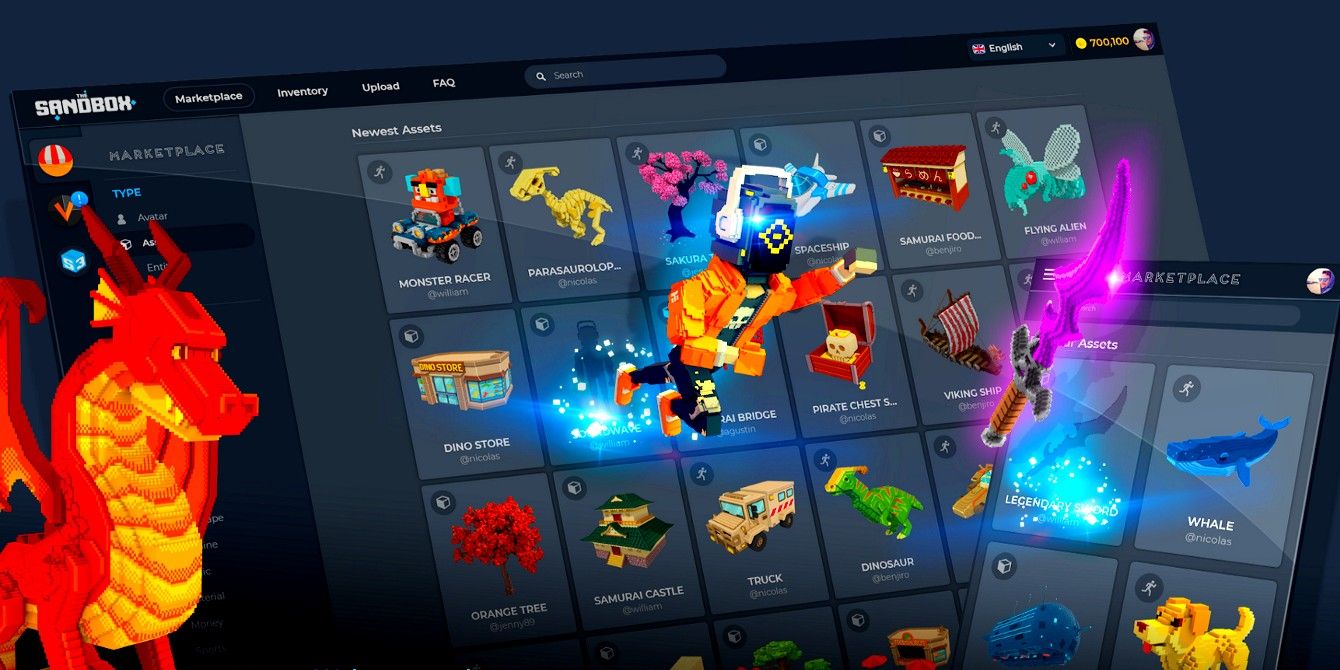The term ‘NFT‘ has negative connotations of expensive JPEGs and fraud, which is why NFTs are so widely misunderstood. ‘Non-fungible token’ is itself a very broad term that results in more questions than answers, and should be considered a class of technology. NFTs, or non-fungible tokens, are a blockchain-based medium for creating ownable, transferable digital property.
While many NFTs at this point are collectible image files, they are not limited to this form. NFTs can fulfill a huge variety of tools and roles, as they can be customized and adapted to store any kind of digital content that can be wrapped in a URL or download link, and are often used as keys to unlock private communities and content. Beyond that, NFTs (when built correctly) are extremely durable, never degrade in quality, and have a verifiable ownership history and provable authenticity.
In a sarcastic but very true article by Crypto futurist on Medium it is discussed that ‘NFT’ has a strong negative stigma attached to it thanks to the NFT bubble of 2021-2022, which saw one money grab and scam after another take over the crypto scene, at a time when people were willing to throw huge sums into expensive JPEG NFT collections like they were .com startups in the 90s. NFT is also a very difficult term, and the extended form of ‘non-fungible token’ is even more confusing for non-crypto people. Thanks to these factors, many people misunderstand NFTs and strongly resist adopting them due to the mistaken belief that they are all overpriced JPEG scams. In reality, NFTs are their own technology, and have several practical uses.
NFTs are not just expensive JPEGs
The most powerful use cases for NFTs are often non-transferable tokens or semi-fungible tokens, both of which are based on the NFT encoding standard, but are not always “non-fungible” (unique) by definition. Non-transferable tokens are NFTs that cannot be transferred after being sent to a user’s crypto wallet, such as Proof of Attendance Protocol (POAP) tokens, and can serve as receipts, achievements or even criminal records. On the other hand, semi-fungible tokens are NFTs that can have multiple identical copies of each token while still limiting total access, and are often used in Web3 Play-To-Earn (P2E) games where they are often used to yield – Game objects are a real asset, but may one day be used for any digital content sold online (ie e-books, music, videos, etc.).
Instead of calling digital assets ‘NFTs’, Web3 proponents should simply refer to them by the content they hold. If anti-NFT people hear “NFT”, their minds conjure up images of outrageously expensive JPEGs that do nothing and will immediately dismiss the idea. If they hear “digital item”, “land deed”, “digital trading card” or “game item”, they either won’t notice or don’t care that it’s technically an NFT, as the content is the focus. than the technology. Now that NFT prices have crashed, real innovation can begin to expand the use of NFTs.
In general, ‘NFT’ has taken on a very negative connotation due to the many scams and money grabs during the 2021-2022 NFT bubble, where ‘snowflake art’ made fortunes for no other reason than market bubble speculation. NFT use cases have expanded to the point that it is neither necessary nor useful to call anything an NFT anymore, as ‘NFT’ can refer to collectibles, NFTs used to combat counterfeit products, MP3 download tokens, tokenized property transactions, metaverse items, and dozens of other uses that extend beyond the public’s perception of what a NFT is.
Source: Crypto Futurist/Medium


